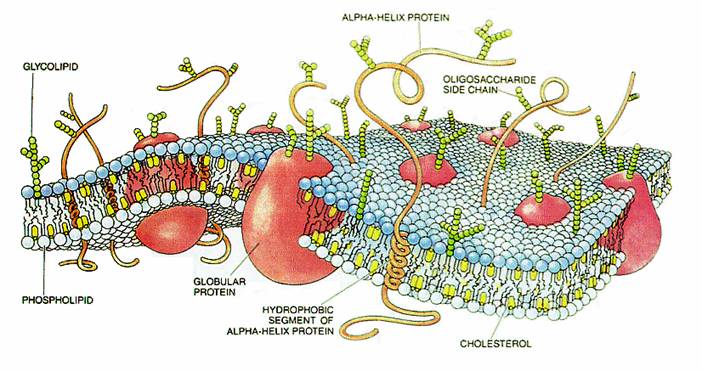Chemists create artificial cell membrane
January 26, 2012

Self-assembly of a synthetic phospholipid membrane by adding copper ions to an emulsion of an oil and a detergent, forming vesicles and tubules (credit: Itay Budin and Neal K. Devaraj/ACS)
Chemists have taken an important step in making artificial life forms from scratch, creating self-assembling cell membranes, the structural envelopes that contain and support the reactions required for life and make a living organism from non-living molecules.
Although Dr. Craig Venter recently announced the creation of the “first synthetic living cell,” only its genome was artificial. The rest was a hijacked bacterial cell. Fully artificial life will require the union of both an information-carrying genome and a three-dimensional structure to house it.
Molecules that make up cell membranes have heads that mix easily with water and tails that repel it. In water, they form a double layer with heads out and tails in, a barrier that sequesters the contents of the cell. The chemists created similar molecules with a novel reaction that joins two chains of lipids. Nature uses complex enzymes that are themselves embedded in membranes to accomplish this, making it hard to understand how the very first membranes came to be.
“In our system, we use a sort of primitive catalyst, a very simple metal ion,” said Neal Devaraj, assistant professor of chemistry at the University of California, San Diego. “The reaction itself is completely artificial. There’s no biological equivalent of this chemical reaction. This is how you could have a de novo formation of membranes.”
They created the synthetic membranes from a watery emulsion of an oil and a detergent. Alone it’s stable. Add copper ions and sturdy vesicles and tubules begin to bud off the oil droplets. After 24 hours, the oil droplets are gone, “consumed” by the self-assembling membranes.
The real value of this discovery might reside in its simplicity. From commercially available precursors, the scientists needed just one preparatory step to create each starting lipid chain. “It’s trivial and can be done in a day,” said Devaraj. “New people who join the lab can make membranes from day one.”
By assembling an essential component of earthly life with no biological precursors, they hope to illuminate life’s origins.
Ref.: Itay Budin and Neal K. Devaraj, Membrane Assembly Driven by a Biomimetic Coupling Reaction, Journal of the American Chemical Society, 2012; [DOI: 10.1021/ja2076873]
